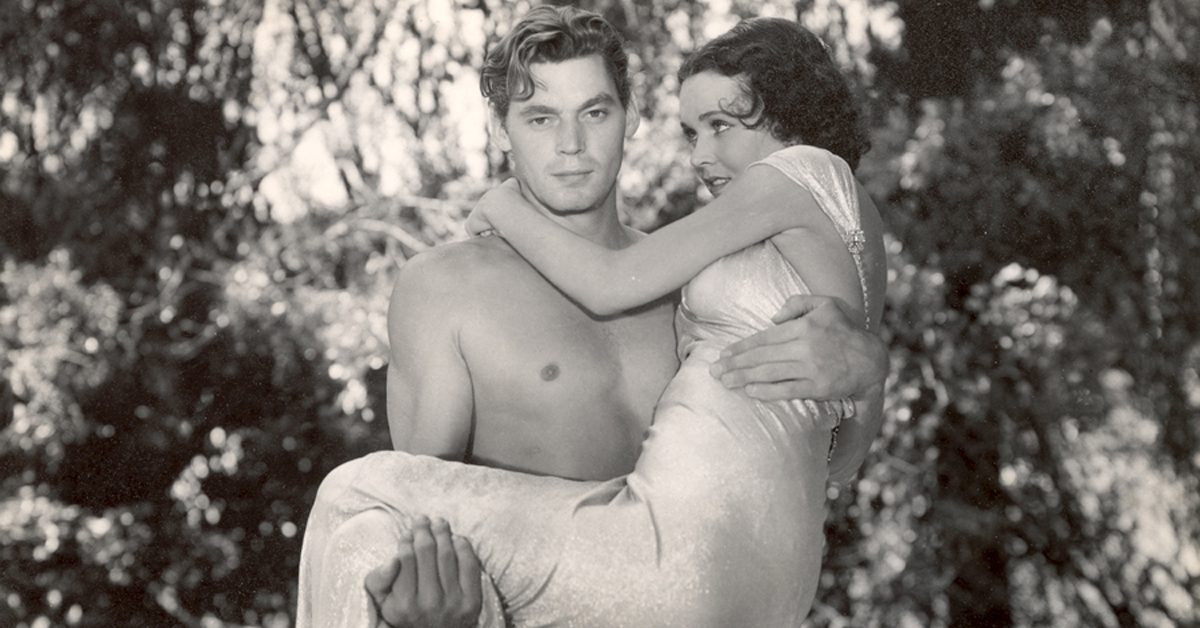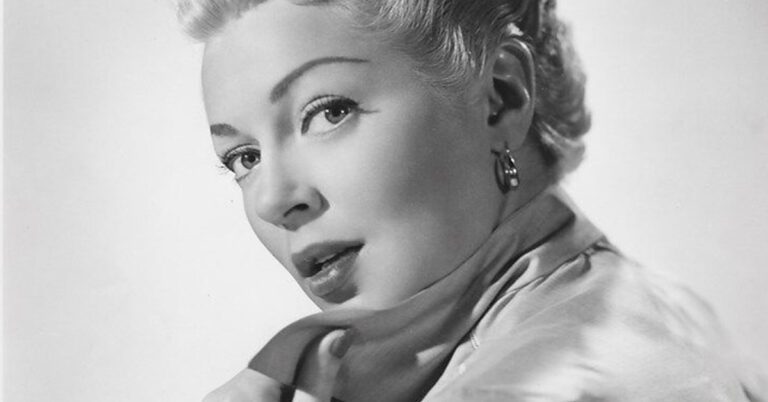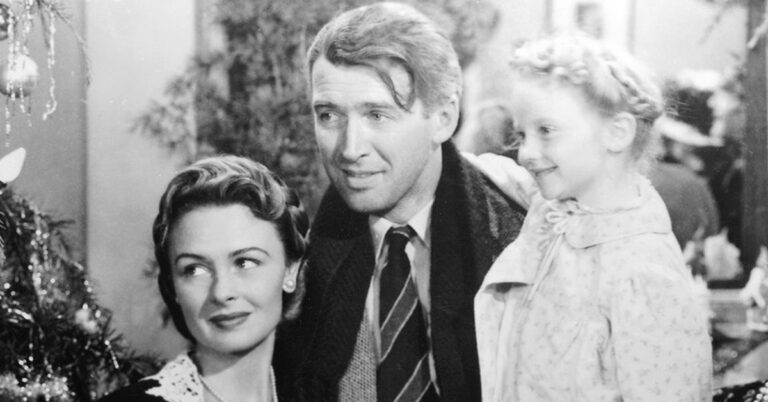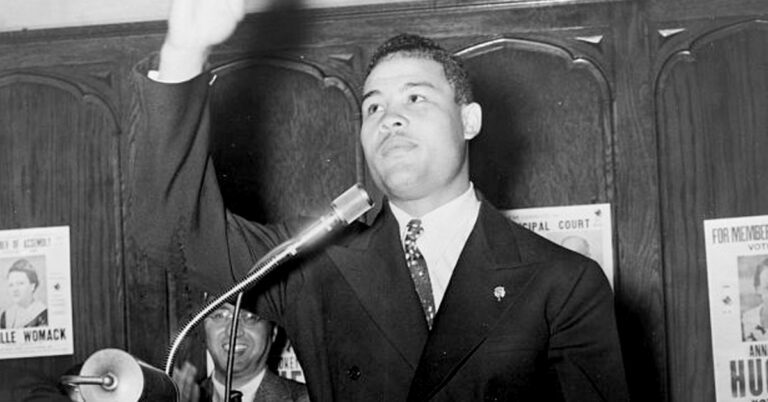Tarzan, the jungle king, was first brought to the screen in 1918. Up through 1989, about 40 features and four serials, plus several radio and TV series have been made to recount the adventures of Tarzan, of the apes.
The definitive Tarzan was 6’3″ Olympic swimming hero Johnny Weissmuller. The best Tarzan film was probably TARZAN AND HIS MATE (1934). It was opulent, exciting, and full of pre-Code candor. It was clearly a prestige picture, and was M-G-M’s second big budget adaptation of Edgar Rice Burroughs’ literary creation, who wrote his first Tarzan story in 1912. Metro’s initial Tarzan effort was nearly as classy, and a boxoffice sensation: TARZAN, THE APE MAN (1932).
The Tarzan which Burroughs created was an educated aristocrat who was converted into a noble savage. Hollywood, instead, offered a mostly silent, illiterate ape-man of unknown heritage. All six of the M-G-M Tarzans owe as much to a picture called TRADER HORN (1931) as to Edger Rice Burroughs’ underlying literary source.
Outdoor action picture director W.S. Van Dyke II travelled to Africa to make the ill-fated but commercially successful TRADER HORN. Jungle adventures had basic, universal appeal, critical to success in the international market, which was very much in jeopardy with the advent of talking pictures in 1929.
Production chief Irving Thalberg and director Van Dyke discussed a sequel, or follow up of some kind, and hit upon the Tarzan property. TARZAN, THE APE MAN is chock full of stock footage and leftover footage from TRADER HORN. Van Dyke directed both pictures, on a grand scale, and another carryover was character actor C. Aubrey Smith, who had a similar part in each picture.
What Thalberg and Van Dyke did with Burroughs’ characters was to add the quality of romantic myth. The chemistry between the mysterious cat-like creature Tarzan, this white lord of the jungle, and the sophisticated yet sensuous Jane, is a remarkable thing to observe. Especially to see how such total opposites progress in their relationship to the point of physical love (which is implied, although it was never legitimized by a marriage ceremony). This aspect of TARZAN, THE APE MAN could not be recreated in any of the five sequels at M-G-M.
Concerning that chemistry, and a famous line of movie dialogue, Maureen O’Sullivan recalled its genesis: “I was deathly afraid of heights. One day, Johnny Weissmuller and I had to cower in the high branches of a tree for one of our scenes. Johnny was a practical joker. He knew I was afraid of height. So he began to shake our branch and I screamed.”
Apparently he believed she was stealing his “line,” the Tarzan yell, by shrieking. So to remind her which of them was supposed to cry out, Weissmuller told her solemnly, “Me…Tarzan…you…Jane.”
The crew laughed and loved it, repeating the line often. Soon Van Dyke and the writers picked up on it. The line actually used in the picture, however, was something a little different.
In casting the role of Tarzan, Van Dyke said at the time, “I want someone like Jack Dempsey, only younger.” He rejected both Tom Tyler (a decade later, he was Captain Marvel), and Clark Gable, because they were not well built enough! All-American football, and later B-Western, star, Johnny Mack Brown was not tall enough. Another Olympic swimmer, Herman Brix (later Bruce Bennett) was all set for the part until he broke his shoulder. Screenwriter Cyril Hume saw Weissmuller one day swimming at a hotel pool. Hume brought Weissmuller to Van Dyke, who asked him to strip to his shorts. He was cast without a screentest!
Most of the film was shot in a studio jungle, but some of the location work was done at Lake Sherwood, so named because Doug Fairbanks shot much of his 1922 ROBIN HOOD there. A trio called the Flying Codonas helped rig trapezes so Fairbanks could swing through the forest — Sherwood Forest. A decade later, Alfredo Codona was an aerialist of international renown and doubled Weissmuller in the swinging shots through the trees. Just as those exact same shots would swing through subsequent Tarzan epics as stock footage for years to come.
As usual on a Van Dyke picture, the shooting schedule was a modest eight weeks. Negative cost was $652,675.
Despite reports to the contrary, Burroughs was pleased with Metro’s adaptation of the Tarzan saga. He wrote Van Dyke after the preview that Weissmuller was “great,” and O’Sullivan was “perfect.” He suggested the studio should continue to take great care in production, and release the Tarzan movies as seasonal events each spring, so that the public would look forward to them as they did the circus, “to which the Tarzan picture is analogous,” according to Burroughs.




